Decision day on demolition of Melton’s historic vagrant cells
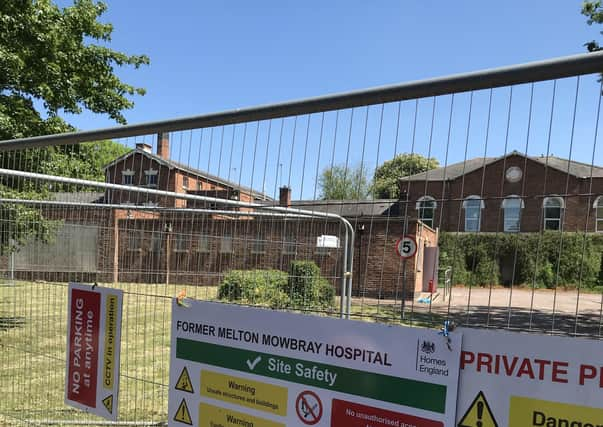

Homes England has applied to Melton Borough Council to knock down cells which were built for vagrants, at the end of the 19th century, to enable up to 38 new residential properties to be built.
The scheme would, however, ensure the former workhouse building, thought to date back to 1834, and two wings built later to house men and women, are retained and converted to house eight additional dwellings.
Advertisement
Hide AdAdvertisement
Hide AdMembers of the council’s planning committee will be recommended to approve the proposals because it will provide much-needed new housing for the town and improve the delapidated Thorpe Road site which has been vacant for several years.
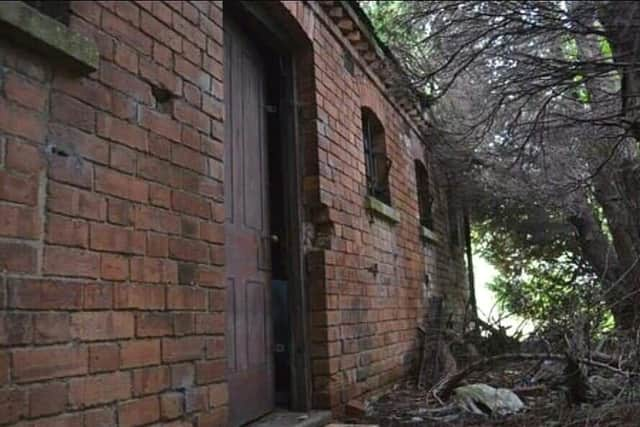

Considerations to relocate the vagrant cells, which are not listed buildings, have been discounted because it would cost too much and affect the viability of the development.
Campaigners want the cells to be retained in some form for future generations and a petition signed by more than 2,000 people has been delivered to the council by Save Our Heritage Melton Mowbray.
The group’s founder, Glynn Cartwright, said the cells represented an important part of the town’s heritage, from a time when being homeless was a crime and offenders were locked up.
Advertisement
Hide AdAdvertisement
Hide AdHe said: “I am not totally against redevelopment of the site for housing.
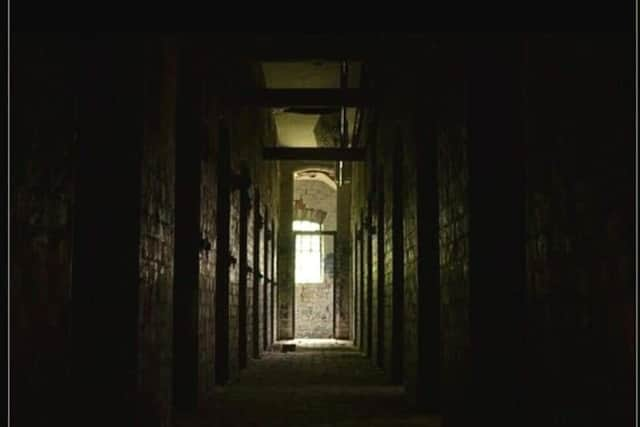

“The site is becoming an eyesore and putting housing on the site is a good idea.
“I am against the loss of yet more of our town’s heritage.
“Saving the vagrant cells is not impossible, it’s all about money.”
He said the cells, which are believed to have been built around 1895, were thought to be one of only six examples left in the country from that era.
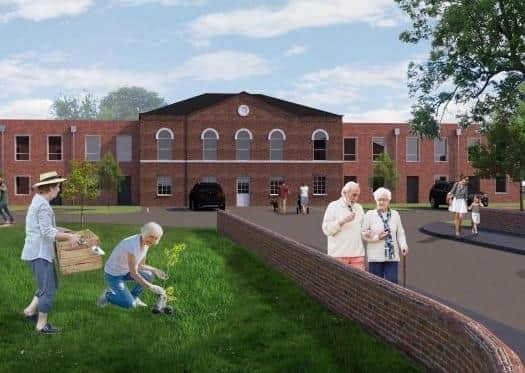

Advertisement
Hide AdAdvertisement
Hide AdMr Cartwright suggested retaining the brickwork in storage until such time as money could be found to re-erect the buildings at another site in the town as part of a living museum piece.
He added: “I object to the current proposals for outline planning permission unless some way can be found of preserving the vagrant cells or part thereof, either on site or relocated elsewhere.”
A further petition with 249 signatures has also been received by the council highlighting that it was one of Melton’s few remaining sites of local history and pointing out that the former War Memorial Hospital site, which was originally gited to the townspeople, was also sold off for housing.
The authors of the petition write: “A compromise must be found.
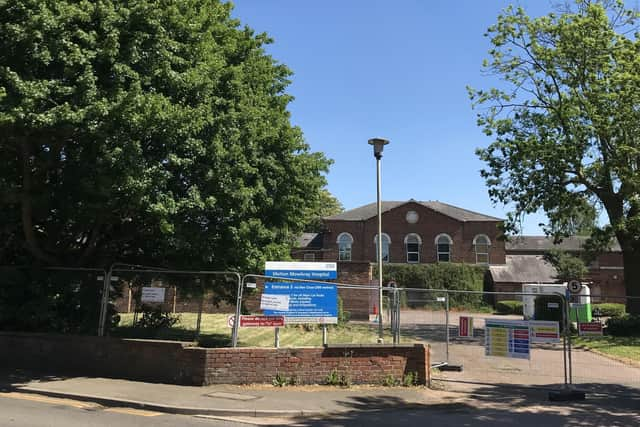

Advertisement
Hide AdAdvertisement
Hide Ad“There can be no dispute the town will need more housing but it also needs its heritage, which in this case includes the vagrants cells.
“A way must be found to retain our town’s heritage for the benefit of our children and grandchildren and generations to come.”
Twelve nearby residents have also written to the council to oppose the scheme, citing reasons such as loss of the historical buildings and the perimeter wall plus the planned felling of some of the trees.
The vagrant cells, along with the former Melton Union Workhouse, were actually designated as Grade Two listed buildings in 1976 but they were de-listed 24 years later due to not being well preserved enough, a decision which was confirmed again in 2016.
Advertisement
Hide AdAdvertisement
Hide AdA report to go before the planning committee points out that options to retain the cells had been investigated but would not be viable.
One of them, to erect part of the building on council land at Parkside with interpretation boards for tourists, would cost up to £90,000.
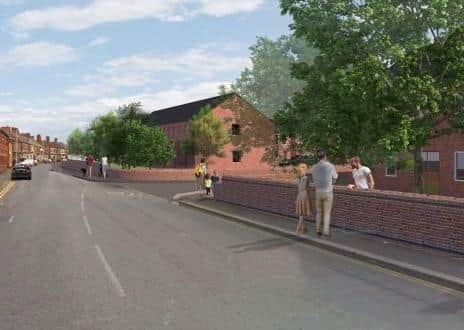

Another was to dismantle, transport and re-erect at some other location after a period of storage but the bill for that would be about £220,000.
The report recommends councillors approve the application, stating: “The question of the removal of the cells is a finely balanced judgement with the total loss of a non-designated heritage asset.
Advertisement
Hide AdAdvertisement
Hide Ad“However, it is considered that a convincing case has been submitted to demonstrate it is not viable to retain the cells for their original purpose,
that securing a suitable re-use would be practically problematic, not viable and would preclude the effective re-development of the remainder of the site.
“On balance, it is therefore accepted that the loss of the vagrant cells can be supported.”
Members will be asked to add a condition to planning permission that a video recording is made of the former cells so a record of the feature can retained for local museums before any demolition occurs.
Advertisement
Hide AdAdvertisement
Hide AdThe proposals to change the use of the central block and wings of the former workhouse to provide four houses and four apartments with associated parking and amenity space is a full planning application while the plans to demolish buildings and structures plus the construction of up to 38 new dwellings is an outline scheme at this stage.
A mixture of two and three-bedroom properties are planned on the site, which would have a single access off Thorpe Road, with no requirement for any affordable housing.
Go online at www.melton.gov.uk and search for ‘meetings’ for a link to follow the planning committee meeting from 6pm on Thursday.